Home > Key Stage Two > Science > Year Four Planning > Teeth
Lesson Three – Teeth Friendly
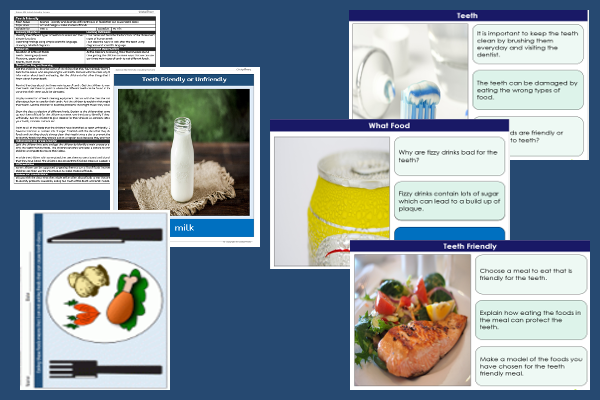
This science teaching pack for Key Stage Two gets the children to identify, describe and compare some of the different types of food and drinks that can cause tooth decay in the human mouth.
The class can select and list some of the special foods that can be used to create a healthy meal for a family to eat to keep their body healthy and look after their teeth to prevent decay.
Download this teaching pack including a lesson plan, classroom activities and an interactive presentation to identify, describe and compare some of the different types of food and drinks that can cause tooth decay in the human mouth
Activities in this teaching pack include display posters to identify and sort between teeth friendly and unfriendly food and drinks and a template to select and record different foods that can be used in a meal to prevent tooth decay and promote a healthy body and lifestyle.
The interactive presentation can be used to explore and describe some of the different types of food and drinks that can cause tooth decay in the human mouth.
This lesson is part of a science scheme of work to get the children to name, locate and explain the function of some of the different types of teeth that are used in the initial digestion of food inside the human mouth. There are teaching activities for shared learning, differentiated worksheets to support independent learning and interactive presentations to introduce concepts and key skills.
-
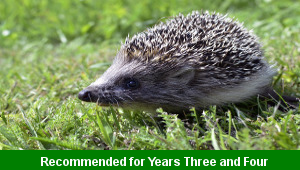
Classic Animal Stories
Investigate the structure and content of classic works of fiction by significant authors with animals as the main characters
-
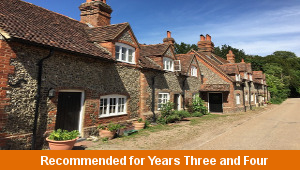
Cities, Towns and Villages
Research and present the history of a range of different buildings and people that are part of the local community using a school exhibition
-
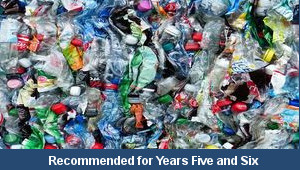
Recycling
Research and present some of the benefits and disadvantages that can be produced when recycling different materials at home and in school
-
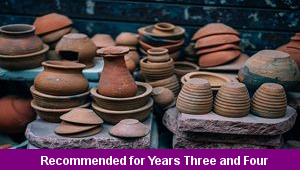
Viking Pots
Develop and refine a range of different art and design techniques when working with clay to make pots that represent Viking culture and traditions
